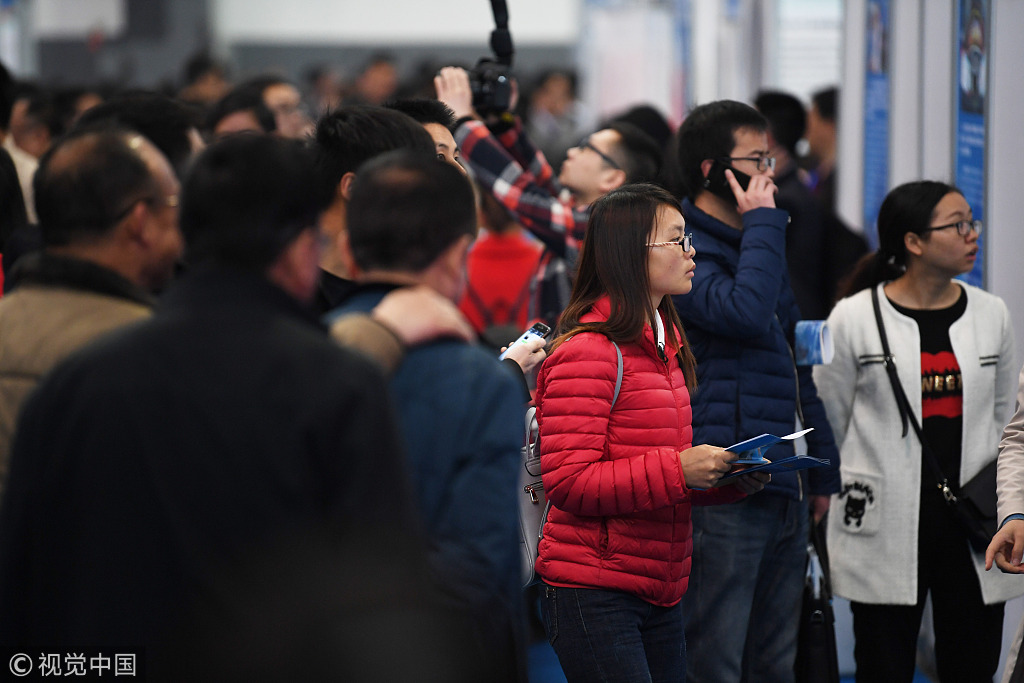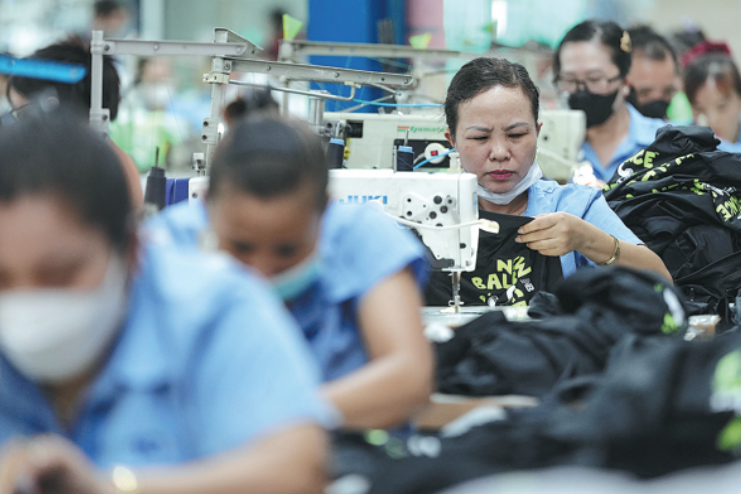New growth engines drive the economy


The low unemployment rate is adding to the stability of the economy, standing at 4.8 percent in urban areas, 0.1 percentage point lower than a year ago.
Li Chang'an, a professor at the public management school of the University of International Business and Economics, said, "China's economic growth has become more efficient in creating jobs."
China has also made significant headway in supply-side structural reform, with corporate leverage and debt levels falling in the first half of this year.
A report by the ASEAN+3 Macroeconomic Research Office on July 20 said, "Domestic risks have receded due to efforts to curb financial and corporate leverage." ASEAN+3 refers to Association of Southeast Asian Nations member countries plus China, Japan and South Korea.
The report said liquidity conditions in financial markets have tightened to some extent, but the overall liquidity risk is considered to be manageable. Credit risks have increased slightly in the corporate bond market, while the nonperforming loan ratio in the banking sector remains low.
With GDP of 82.7 trillion yuan ($12.2 trillion) last year, China has become the world's second-largest economy after 40 years of expansion. It now places more emphasis on high-quality development, with more input on sustainable growth, financial stability, poverty reduction and environmental protection.
Yan said investment in ecological and environmental protection, for instance, increased by 35.4 percent year-on-year in the first half of this year.





































